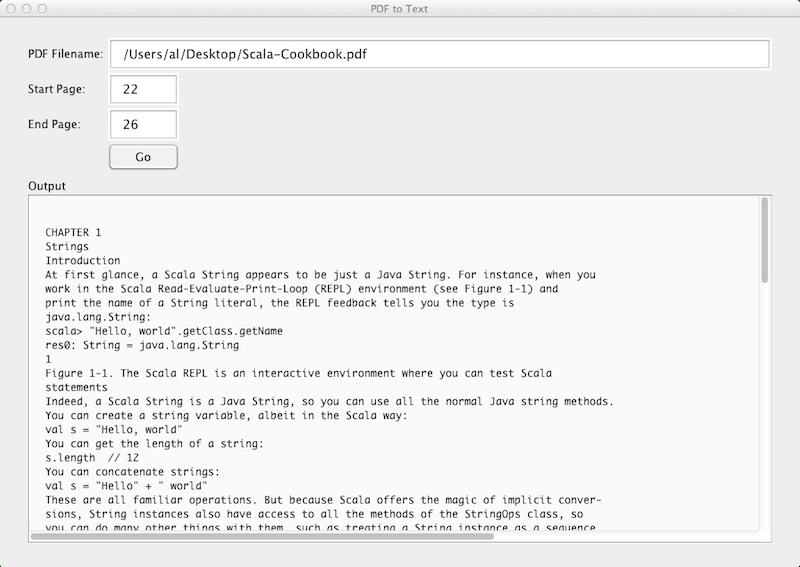Calculating a cotangent equation in Scala
One of my nieces had a homework problem where she had to graph the x and y values of this cotangent equation:
y = 3 * cotangent(4 * x)
I couldn’t remember how to graph things like that just by looking at the equation, so I wrote this Scala “cotangent” program:
